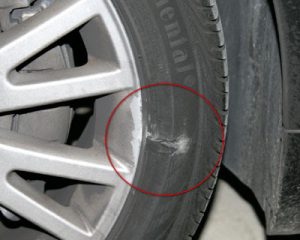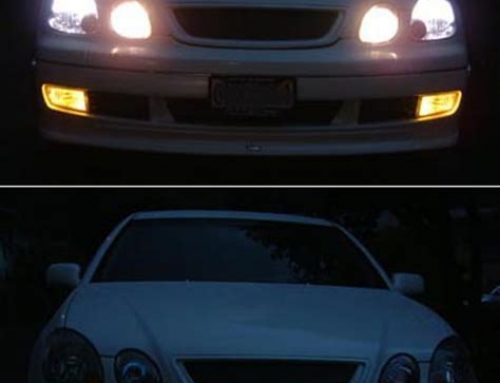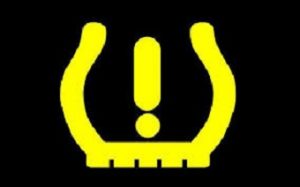
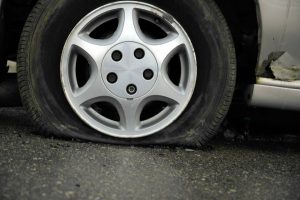
Every car and light truck built around 2000 or later is equipped with TPMS, which is the tire pressure monitoring system. It can be annoying, but with a little understanding of how it works, you can feel more confident about staying on top of it and correct, safe Tire Pressure.
Under- or over-inflated tires wear improperly and more quickly, are less fuel-efficient, and are sometimes the cause of an accident!
InSite OilChange can help with tire pressures, tire rotations and any questions you have. What’s presented here is the best advice we can offer. For the most exact and correct info about the tires on your vehicle or the TPMS it’s best to consult your vehicle owner’s manual.
Frequent Causes of TPMS Warning Light Being On
If your tires are in good shape and you haven’t run over anything that might have caused tire damage, the cause of a “low tire pressure warning” light being on can be hard to predict.
Here’s some help:
In many vehicles the TPMS (tire pressure monitoring system) warning light will come on if your tires are 20% or more below the correct pressure. Proper tire pressure leads to longer tire life and better fuel economy and contributes to safer driving.
Tires will normally lose about 1-1.5 pounds of pressure each month, so check them regularly. Tthat may be the reason your warning light is on. Low tire pressure can cause the tires to wear improperly and may also cause the vehicle to handle erratically, causing an accident. Over-pressurizing the tires can cause a tire to have a “blow-out” when it gets hot (at speed), and that can be very dangerous. So this is important stuff!
Colder temperatures will make the air pressure in your tires drop, too, and that can cause the TPMS warning light to come on. You can check and add air to your tires, but don’t overdo it as the air in the tires will expand when the tires warm up.
If the TPMS comes on suddenly while you’re driving, it’s important to stop safely and check your tires. A visual check will show if a tire is “flat” or getting very low on pressure. Get a tire gauge to check the tire air pressure in each tire. These can be purchased very inexpensively; just keep it in the glove box.
IMPORTANT NOTE: The correct tire pressure is NOT what’s stated on the tires! That is the MAXIMUM pressure for that tire and is probably not what you need the tires on your vehicle set at. The CORRECT tire air pressure is on the sticker found on the driver’s door jamb or door edge (also probably in your vehicle owner’s manual).
Damaged tire(s)
Most of us don’t think too much about it if we bump curb or similar object, but damage can cause the air seal at the rim (the wheel) to weaken. This may also hurt the tire balance or the construction of the tire.
Also check for a bulge in your tire sidewalls (on the outer sidewall and the inner sidewall)…this may lead to a tire failing at speed, and that can be very dangerous.
If you need help with tire inspections you can contact InSite OilChange or stop by a tire store – many of them will check the tire condition and pressure at no charge.
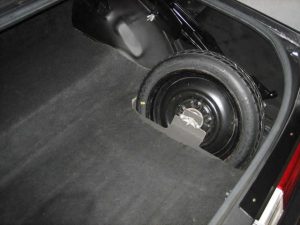
The Spare Tire, too!
If your vehicle does have TPMS, there’s probably a sensor in the spare tire. If the warning is on and you know the four tires on the ground are in good shape and at the right pressure, the spare may be the one that’s low.
Other Possible Causes
If someone worked on your vehicle and the TPMS warning comes on shortly afterward, it’s possible something tripped one of the tire pressure sensors or the system.
Sometimes a sensor in a tire will simply wear out. Also, earlier TPMS sensors (made several years ago) sometimes had corrosion problems. If that causes the light to come on it may be necessary to replace the offending sensors.
If everything’s been checked and is OK, but the warning is still on, it’s possible the system needs to be reset. On some vehicles this is pretty simple; others require an electronic tool or software program. Some models require the TPMS to be reset when air pressure is added. Contact InSite OilChange if you need help with resetting the system or with any other questions.

